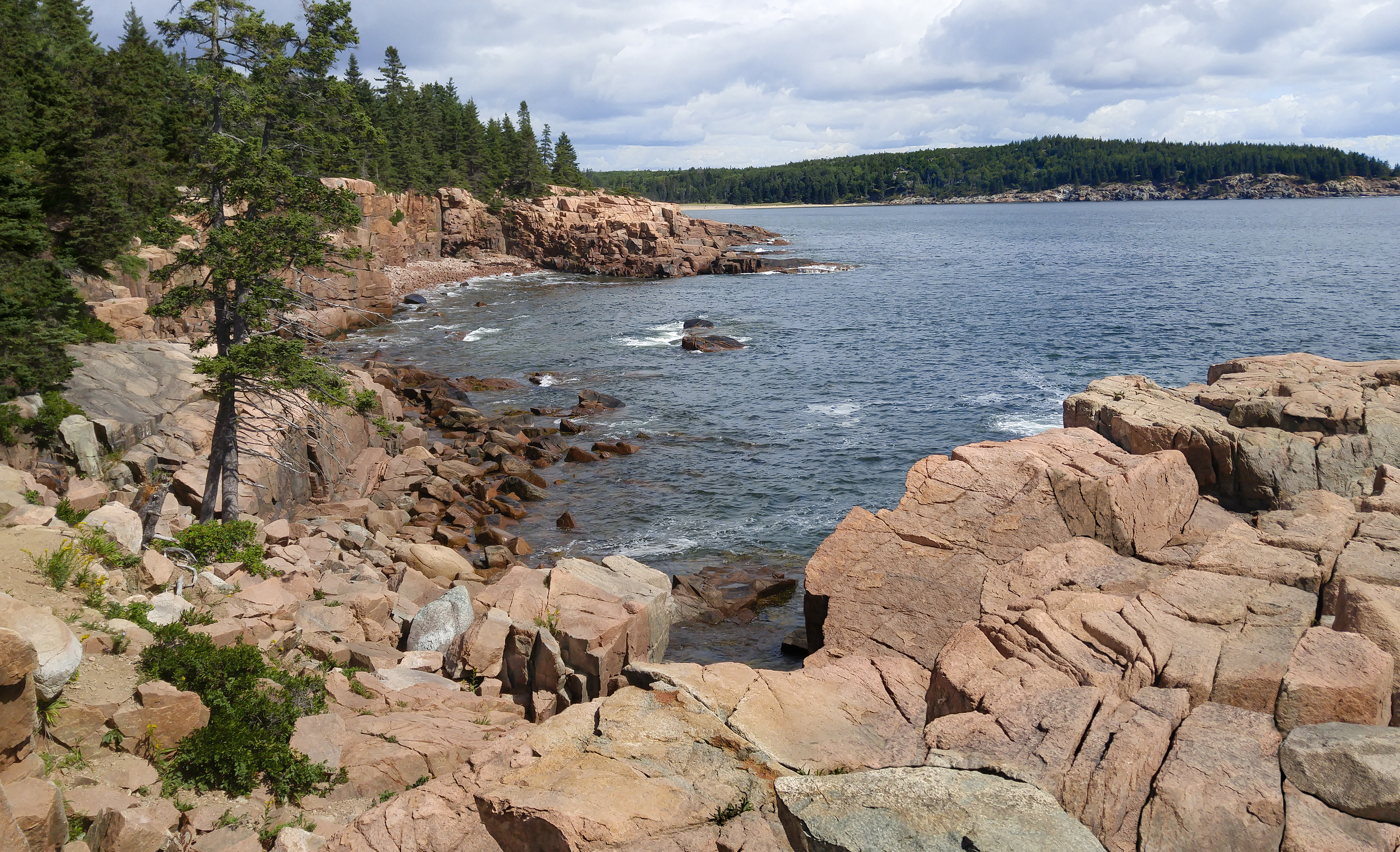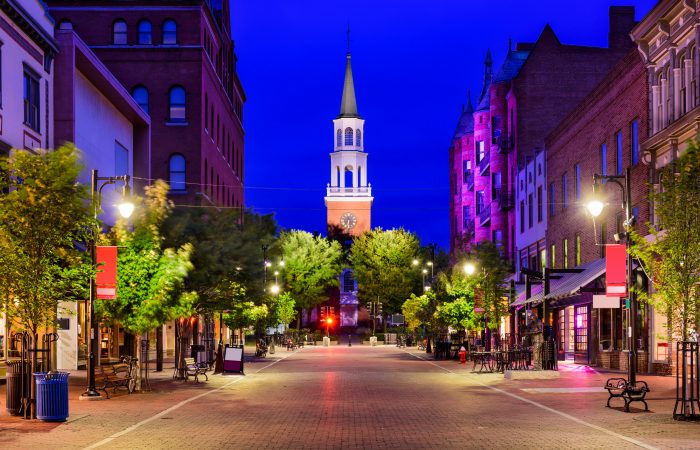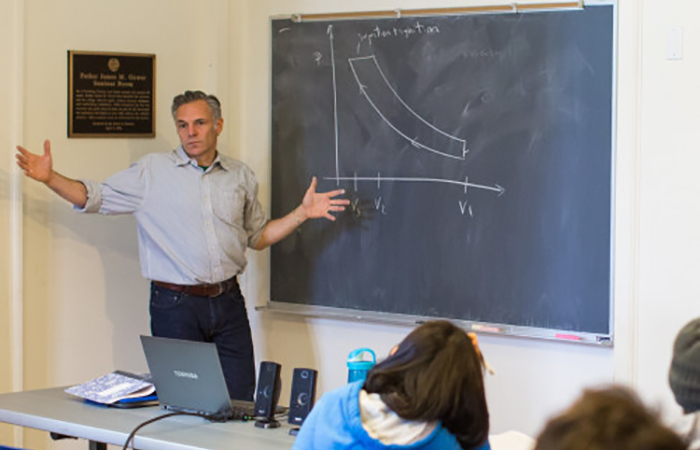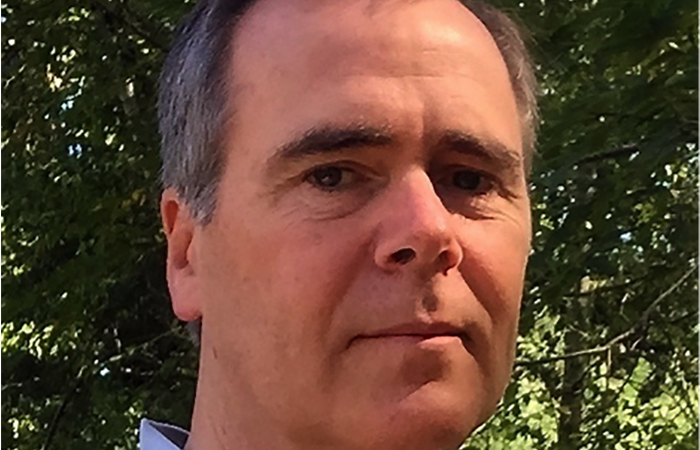We are thrilled to be a part of the Isle au Haut Electric Power Company’s microgrid project, especially because we get to work with Jim Wilson! We thought he must be a pretty interesting fellow, and indeed he is! Not only is he the President of the member-owned, for-profit cooperative, he is also a University of Maine Marine Sciences and Economics Professor Emeritus.
Formerly, Jim was the co-chair of the Downeast Groundfish Initiative, a community, industry, and science initiative for the reform of groundfish management.
Not one to be idle he is also on the board of the Maine Center for Coastal Fisheries also known as the Penobscot East Resource Center whose mission is to secure a viable future for the fishing communities of eastern Maine.
We caught up with him to ask him about fish, sustainability and island life.
What’s it like to live on Isle au Haut? Do you live there year round?
Isle au Haut is an incredibly nice place if you’re not into fancy and convenient. It’s a big island with few people; one small store and an Inn where it is possible to eat out in the summer. About half the island belongs to Acadia National Park. We live 8 to 9 months on the island and then, in the winter, migrate north and inland to Old Town.
When you first thought about power solutions to replace the submarine cable for the island, did you consider wind or any other forms of clean energy? What were the factors that led you to the solar-battery-heat pump solution?
We looked into wind, fuel cells, tidal, a new cable and solar. All of them are very expensive. Solar is attractive because the excess power it produces especially in the winter when our population is low and can be captured for space a heating using heat pumps. Wind is a relatively low cost but without a connection to the mainland grid – what we have to plan for – is more expensive than solar.
Why is the modeling work that Introspective Systems is doing important for the project?
We’ll have power coming from the solar array, batteries, the diesel, the cable and possibly individual houses. We’ll have all sorts of transients affecting the system – clouds suddenly covering the array, heat pumps and other motors starting up, mainland power going down, diesel starting up, etc. Being able to balance all these influences on the system is my sense of what the modeling and, eventually, control are all about.
Do you think other Maine islands and communities will follow Isle au Haut’s lead?
Every island is different. Non-cabled islands like Monhegan and Matinicus are most like Isle au Haut; but I believe each of them is committed to systems that will be hard to back out of.
Can you tell us briefly about your work with Maine Center for Coastal Fisheries and at UMaine?
Fisheries, like electrical systems, are driven by local events. But we tend to manage them (fisheries) as if they were large monolithic single species systems. And if you know anything about New England fisheries, you know we have done a totally miserable job of it. Except for the lobster and scallop fisheries which we don’t manage this way. MCCF is all about finding a practical social and scientific way to decentralize fisheries management. My work at UMaine has been about these practical problems, but also about modeling the complexity of coupled natural and human systems. The approach to this modeling is called machine learning (not a good name for modeling living systems) and surprisingly is very close to the kind of modeling Introspective Systems is using.



